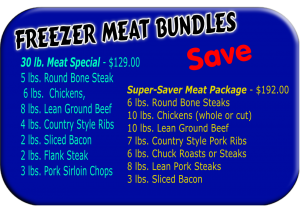The way we buy meat for our house.
I am not and never was a believer in buying whole Sides of Beef, Beef Quarters, Freezer Bundles and whole Hogs for my home use. I always tried to analyze a customers needs for larger quantities meat buys to actually give them the most for their money with the least amount of waste.
So after we sold our store we had to start implementing our meat shopping to fit our lifestyle.
We are meat eaters and a dinner without meat very seldom happens at our house. (I really mean very, very, very seldom)
The first thing we did was to analyzed how we eat and what we need for three month. How many roasts, steaks, pork chops, ground beef etc. we should have on hand. For this we actually made a list of dishes we cook and how often we want to eat it in that period. (Very helpful is our monthly menu calendar, which gives us variety and menu ideas, which we loosely follow as left-overs or social events often screw up the best intentions to stick with this list. Our way of setting up our menu will be in the next post.)
So let us say we have Steaks twice a month, Hamburger dishes once a week, Schnitzel type dishes once a week, Chicken dishes once a week, Fish once week and some kind of roast once a week, one day is for left overs and I have to take my wife out about once a week to keep the peace at home.
So let us start with the Chicken first.
Chicken breast, we usually buy in 5 pound packages boneless if possible on sale and always check that they are not pumped. (see my post from 12/13/2011). If we can, we buy boneless chicken thighs (which are usually cheaper) for our dishes cooked with sauce(s), such as Hungarian or Italian style. Occasionally we buy a fresh whole chicken for use the next day, our Cajun Chicken recipe is one of our favorites for this.
Fish we buy fresh or frozen as needed.
Now where is the Beef!
For Roasts we buy, in the colder season, chuck pot roasts and English cuts (now called a boneless shoulder pot roast) on sale, usually when they offer buy one get one free and the price per pound is not out of line. As this type of roast is usually braised, a firm to the touch piece of meat with not too many big chunks of fat in it is sufficient, it could actually be a piece of USDA Select graded meat.
For Roast Beef, we buy either a whole Sirloin Tip and cut it up to what we need (roast, thin cut steaks, stew and pieces for shish-kebob. I also use this for homemade Beef Jerky. For all this a “Jaccarder” is the most handy gadget to own!!) or we buy bottom rounds. We either buy whole pieces from the membership club or again when they are on sale. In my opinion a top quality USDA Choice graded piece is a must here!!! These roasts if they are done right are excellent for the rotisserie.
Steaks:
We usually buy a whole Beef tenderloin and process it to our needs or as I am fond of Rib Steak, be it bone in or as Ribeye/Delmonico steak we splurge once in awhile on them. As these are a treat, they have to be of the best quality (again at least USDA Choice and if Black Angus they have to be Certified Black Angus, as most other advertised Angus meats just do not come up to my quality standards.)
Hamburger or Ground Beef:
Bought from a reliable source or if I can I buy chuck roasts and grind my own. As I believe that parts of the chuck have a fuller taste than pieces from the hind I prefer Chuck, but when it is ground, do you really know which part it comes from? Fat contents, we go for about 15%, as you need some fat to add to the taste.
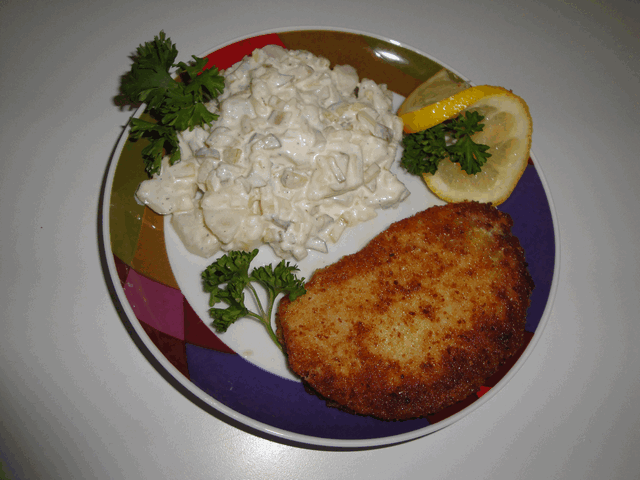 As I grew up with more pork in our diet than beef or any of the other meats, I have to say I am very fond of it. Forget the high priced Veal most of the time as it can be very easily substituted with Pork. Osso Bucco (Italian style Veal shanks) – try making the dish with boneless pork chops (follow our recipe), all our friends love it and it does not break the bank. Schnitzel, why buy Veal Scallopini ($15.00 per pound) if Pork Sirloin Pieces ($ 2.50 per pound) do the same and most of the people will not even notice the difference. I usually buy whole bags (5 lbs) of pork sirloin for about $ 2.00 per pound ( Talk to the meat manager for a special price on whole packages, should be cheaper as he has less work, less spoilage and you will loose some weight from the meat juice in the package.)
As I grew up with more pork in our diet than beef or any of the other meats, I have to say I am very fond of it. Forget the high priced Veal most of the time as it can be very easily substituted with Pork. Osso Bucco (Italian style Veal shanks) – try making the dish with boneless pork chops (follow our recipe), all our friends love it and it does not break the bank. Schnitzel, why buy Veal Scallopini ($15.00 per pound) if Pork Sirloin Pieces ($ 2.50 per pound) do the same and most of the people will not even notice the difference. I usually buy whole bags (5 lbs) of pork sirloin for about $ 2.00 per pound ( Talk to the meat manager for a special price on whole packages, should be cheaper as he has less work, less spoilage and you will loose some weight from the meat juice in the package.)
Whole boneless pork loins, again watch that they are not pumped, will give you chops and roasts, see the pork roast recipes on our Inge’s Kitchen website.
I mentioned pumped a few times here and refer you again to my post from 12/30/2011.
Even if it is called all natural, if they add any type of broth or solution you are paying for water, which you have to consider in your product cost.
I have a few links here to recipes at Inge’s Kitchen. This is one of the other websites we publish and maintain.


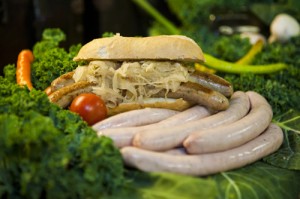
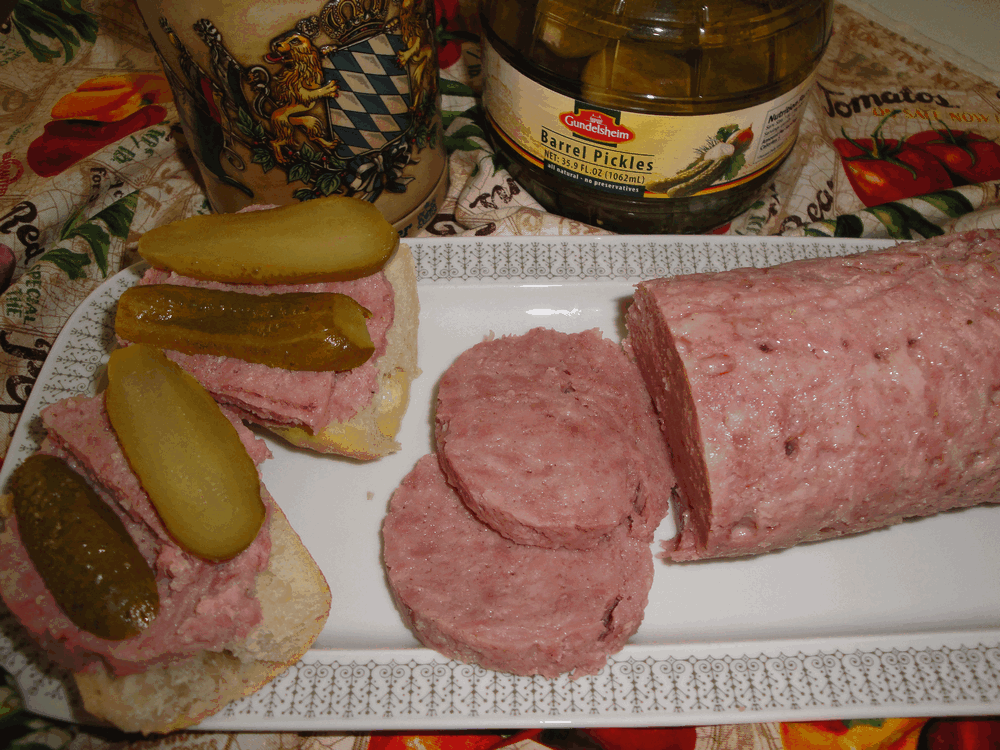 Last week I found Ground Pork for under $2.00 lbs at our Kroger store, it was very lean and even organic. So I bought 2 -1 lb packages to make the
Last week I found Ground Pork for under $2.00 lbs at our Kroger store, it was very lean and even organic. So I bought 2 -1 lb packages to make the 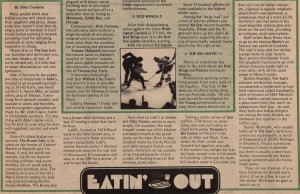

 So let us break down the purchasing of a Side of Beef or Hindquarter:
So let us break down the purchasing of a Side of Beef or Hindquarter: